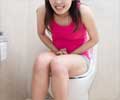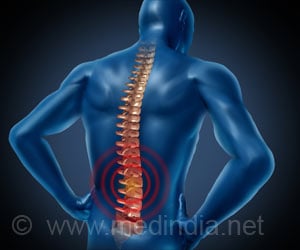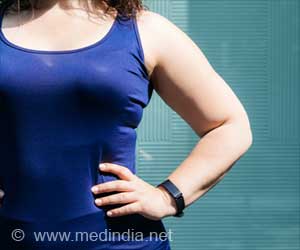Those with diabetes, kidney disease and other conditions are at greatest risk of infection in the pacemaker.

‘AngioVac can be used within blood vessels and to suck anything out of the pacemaker immediately in liters per minute.’





"The attachment of the hardwire or attachment leads makes it difficult because as we remove the leads, the large foreign body attaches to it, the fungal ball. It can dislodge and cause cardiac pulmonary arrest," said University of South Florida electrophysiologist Dr. Ray Cutro. Dr. Cutro and Dr. David Wilson are assistant professors of cardiology and co-directors of the lead management program at the USF Health Morsani College of Medicine. Out of the hundreds of complex operations performed, they say this one required extensive teamwork and creativity.
"I had five infections. The infections broke off and were at the top of my heart and the top of my lungs and they had to use this new procedure to vacuum out those pieces which were as big as ice cubes," Agger said.
"The AngioVac is almost like a Shop-Vac or Wet-Vac you can use within blood vessels and it's something that could suck anything out immediately in front of it in liters per minute," Dr. Wilson said.
The device is typically used to remove foreign objects or a blood clot, not such a fragile infection like Richard's.
Advertisement
Drs. Cutro and Wilson encourage patients with a pacemaker who have a nagging illness to get checked for infected wires. It is very rare, but those with diabetes, kidney disease and other conditions are at greatest risk.














